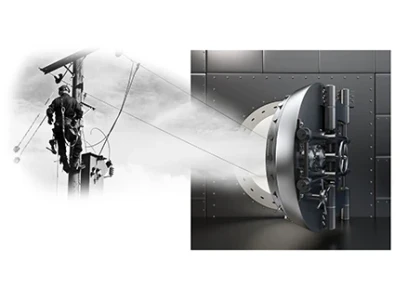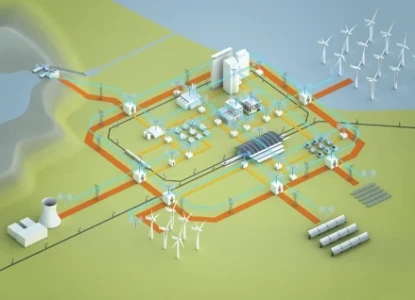How Much DER Fits?

The electric power industry is increasingly having to evaluate the growing penetration of distributed energy resources (DER). New sets of challenges exist for planning and operating the grid, especially with the distribution systems in which these new resources must be integrated. Now electric utilities across the world are looking at new analytical methods to assess and integrate these resources.
In the United States, the New York State Public Service Commission launched the Reforming the Energy Vision initiative to more fully integrate and use DER with distribution planning and operations. New York utilities are required to establish a structure for a transparent planning process in addition to identifying where DER can be accommodated best. In Minnesota, the Minnesota Public Utilities Commission called for grid modernization efforts to be outlined by utilities with the objective of maintaining system reliability, improving efficiency and enabling further customer choice. In California, the California Public Utilities Commission requires utilities to develop a Distributed Resource plan to identify where DER can be best integrated in the system.
These are just a few examples of a wide range of regulatory activities in the U.S. that underscore the importance of today’s planning process and how it must be updated to meet future needs. To meet this challenge, utilities need analytical methods that identify impacts of distributed resources in the electric system, and the Electric Power Research Institute (EPRI) is working with utilities on a solution.
Hosting Capacity
A foundational element to solve this problem is the capability to assess a distribution system’s ability to host DER capacity. Hosting capacity is defined as the amount of DER that can be accommodated without adversely affecting power quality, as well as reliability under existing control configurations, and without the need for extensive infrastructure upgrades.
The capacity of the grid to accommodate and integrate DER depends on several factors that are difficult, and nearly impossible in some cases, to consider comprehensively. The many factors that drive hosting capacity results have varying degrees of impact and, like all model-based calculations, are an approximation. As such, effective use requires thoughtful consideration of the input assumptions and their associated impacts. When done correctly, these calculations can be extremely valuable and yield useful outcomes for various utility and stakeholder applications.
Value Through Application
The concept of hosting capacity is still relatively new to the industry. Even so, its application is becoming more widespread as the industry needs a comprehensive approach to understanding the impacts of DER.









